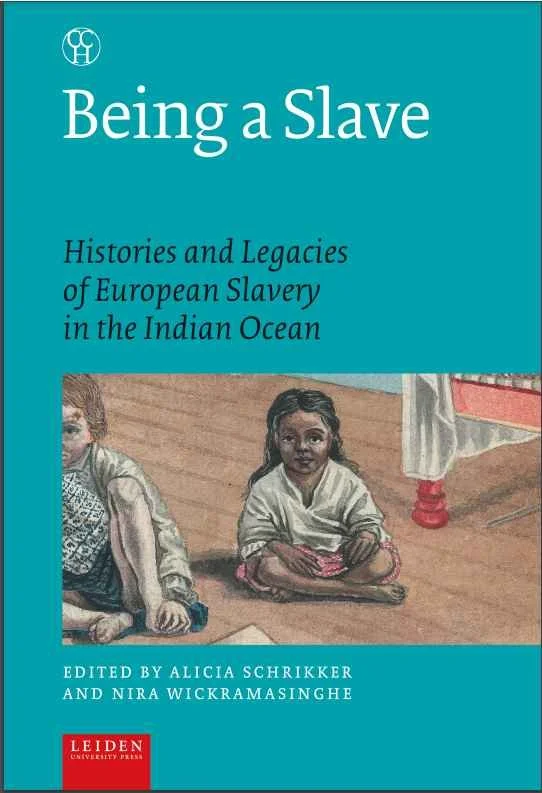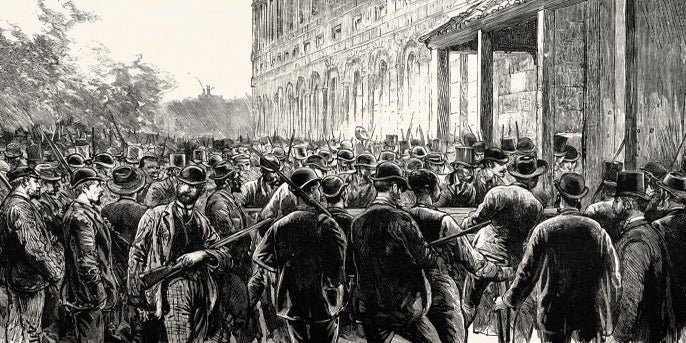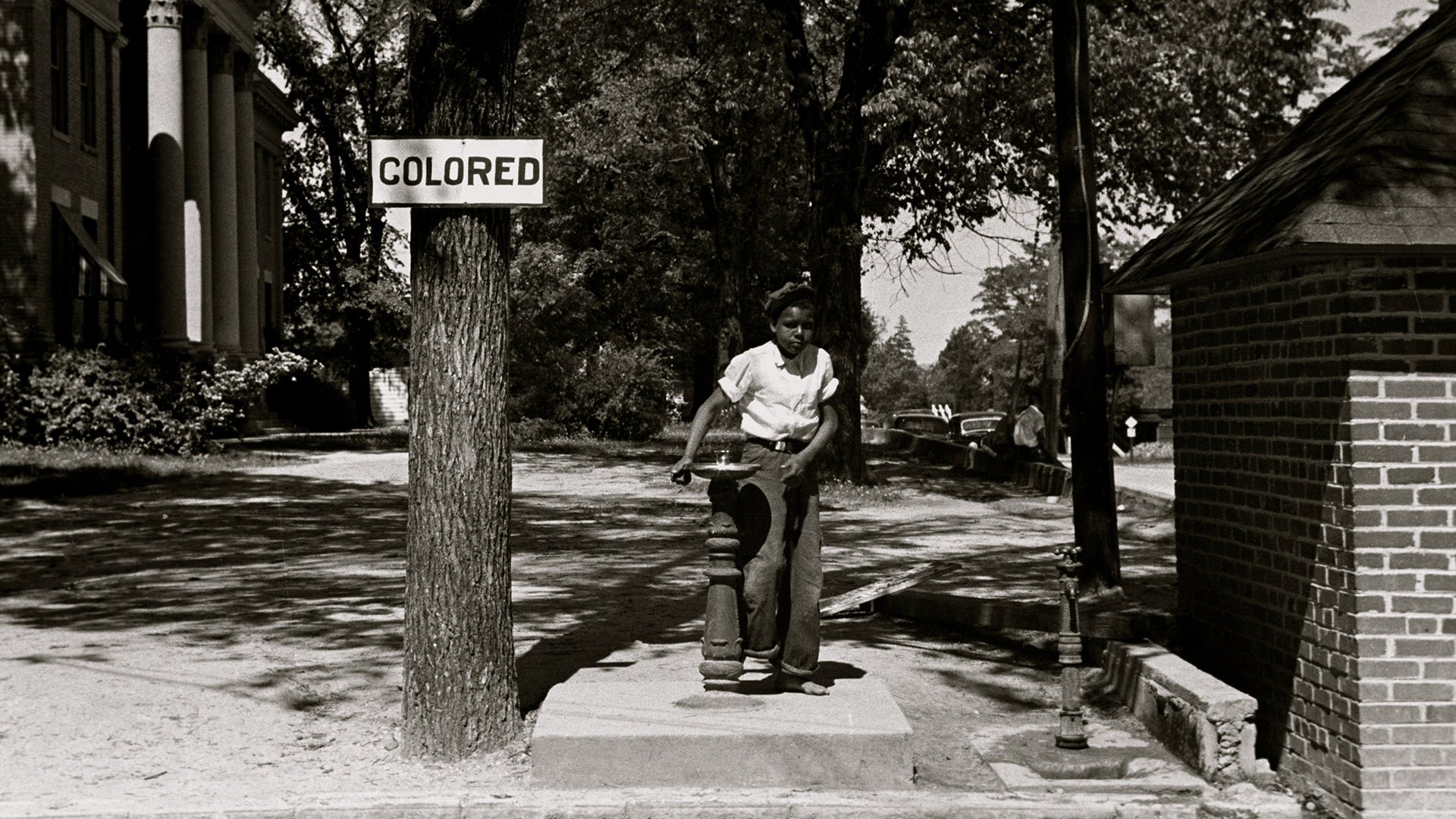By: Nira Wickramasinghe and Alicia Schrikker
"Being a Slave brings together scholars and writers who try to come to terms with the histories and legacies of European slavery in the Indian Ocean. This volume discusses a variety of qualitative data on the experience of being a slave in order to recover ordinary lives and, crucially, to place this experience in its Asian local context. Building on the rich scholarship on the slave trade, this volume offers a unique perspective that embraces the origin and afterlife of enslavement as well as the imaginaries and representations of slaves rather than the trade in slaves itself. From Cape to Batavia, slavery is understood as a diffuse practice. This approach helps unearth 18th and 19th century experiences of being a slave in the Indian Ocean world, but also sheds light on continuities in bondage into the present. Contributors face an often hostile archive to extract traces of the lived experience of slavery in court records, petitions or private letters. They also listen to local voices by prying unexplored primary sources such as oral histories, memories and objects."
[Leiden] : Leiden University Press, [2020]






















